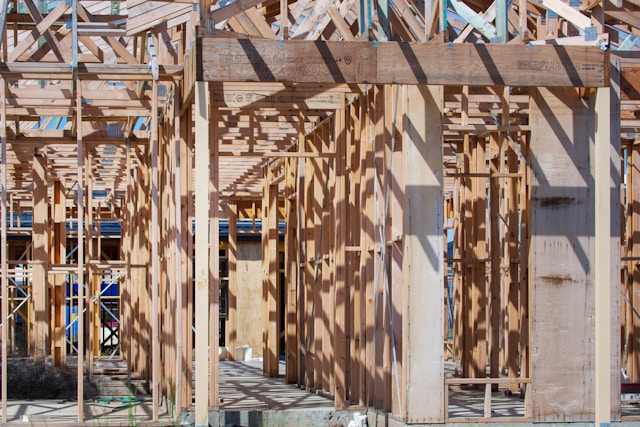The quest for zero-emission construction extends beyond the boundaries of the construction site itself, encompassing the entire lifecycle of building materials. The choices made about the materials used in construction have a profound impact on the environment, from the extraction of raw materials to manufacturing, transportation, and eventual disposal. This article delves into the realm of sustainable building materials, exploring how they contribute to reducing the carbon footprint of construction projects and paving the way for a more environmentally responsible built environment.
Introduction
The concept of embodied carbon is central to understanding the environmental impact of building materials. Embodied carbon refers to the greenhouse gas emissions associated with the entire lifecycle of a material, from its production to its end-of-life. This includes emissions from the extraction of raw materials, the manufacturing process, transportation, installation, maintenance, and eventual demolition and disposal.
By choosing materials with lower embodied carbon, we can significantly reduce the overall environmental footprint of construction projects. This involves considering the environmental impact of materials throughout their entire lifecycle, from cradle to grave. Sustainable building materials, often sourced from renewable or recycled sources, offer a lower carbon footprint compared to traditional materials, contributing to a more sustainable built environment.
Timber: A Renewable Building Block
Sustainably sourced timber is a remarkable building material with inherent sustainability advantages. Trees absorb carbon dioxide from the atmosphere as they grow, effectively storing carbon within their wood. When used in construction, timber continues to store this carbon, acting as a carbon sink, effectively offsetting greenhouse gas emissions.
Innovations in engineered wood products, such as cross-laminated timber (CLT), have expanded the possibilities of timber construction, enabling its use in taller and more complex structures. CLT, made from layers of wood glued together with alternating grain directions, offers exceptional strength, stability, and fire resistance, making it a viable alternative to concrete and steel in many applications.
Recycled and Upcycled Materials
The circular economy plays a crucial role in sustainable construction, promoting the reuse and recycling of materials to minimize waste and reduce the demand for virgin resources. Recycled aggregates, produced from crushed concrete, brick, and asphalt, can replace virgin aggregates in concrete production, reducing the need for new material extraction and lowering the embodied carbon of concrete.
Reclaimed wood, salvaged from demolished buildings, can be repurposed for structural or decorative applications, adding character and history to new structures while reducing the demand for newly harvested timber. Upcycling, the process of transforming waste materials into new products of higher value, offers another avenue for incorporating recycled materials into construction projects.
Low-Carbon Concrete Alternatives
Concrete is an indispensable material in construction, but its production is carbon-intensive, primarily due to the emissions associated with cement production. Researchers and companies are developing low-carbon concrete alternatives that offer comparable performance to traditional concrete with a significantly lower carbon footprint.
Geopolymer concrete, one such alternative, uses industrial byproducts like fly ash (a byproduct of coal combustion) and slag (a byproduct of steel production) as binding agents, reducing the need for cement. Other approaches involve using carbon capture technologies to capture and store carbon dioxide emissions from cement plants, further reducing the carbon footprint of concrete production.
Conclusion
Choosing sustainable building materials is not just about minimizing environmental impact; it’s about creating healthier, more durable, and aesthetically pleasing structures. As the demand for green building practices continues to grow, the construction industry must embrace the use of sustainable materials, not as an option, but as a core principle guiding the creation of a more sustainable built environment.

